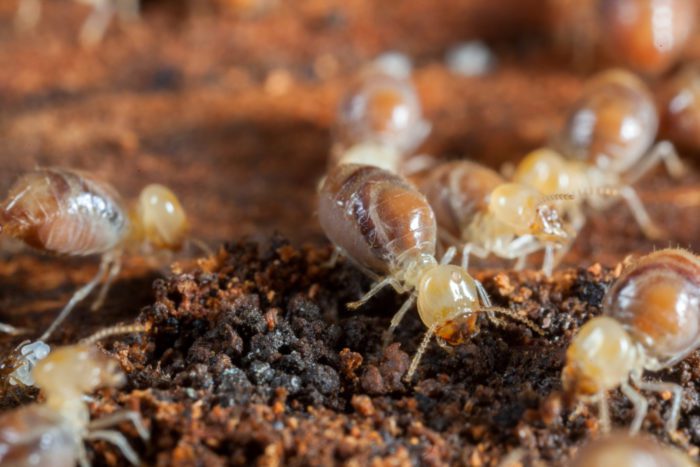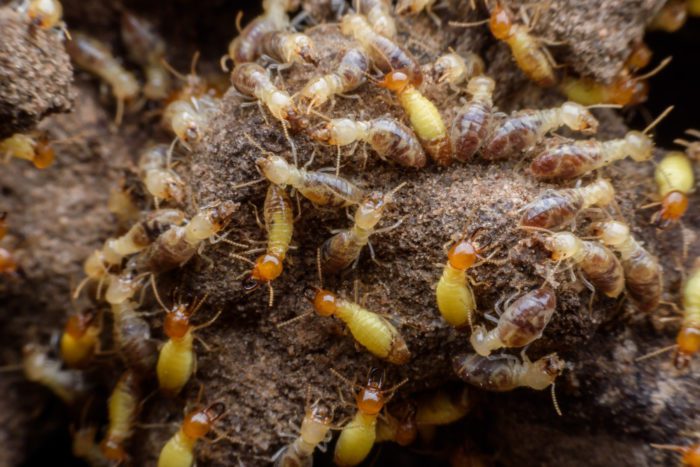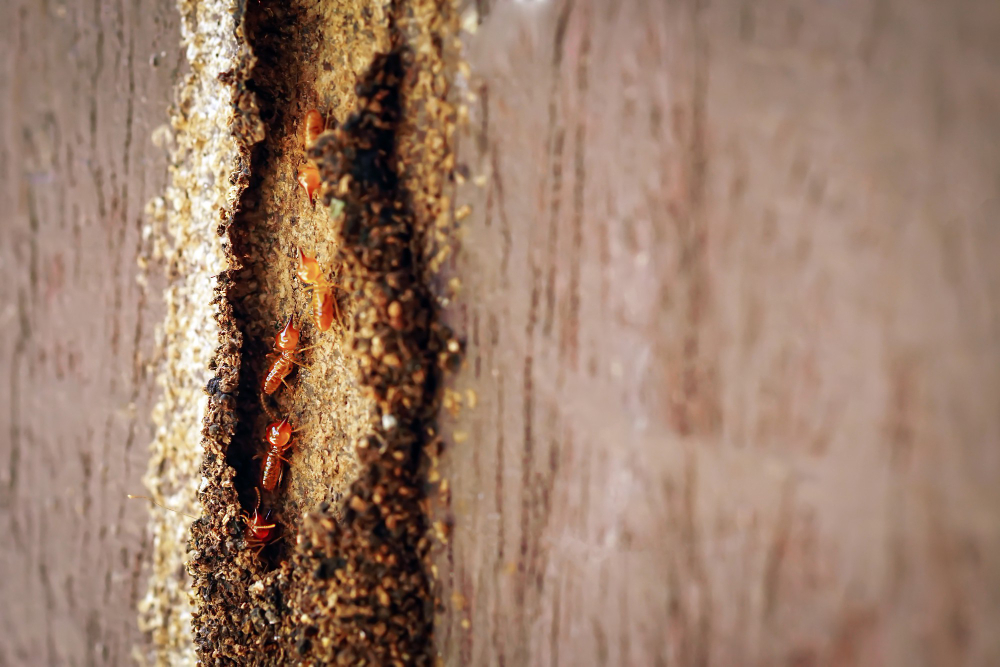The life cycle of termites consists of three stages: egg stage, nymph stage, and adult stage.
Then where do these baby termites fit in? Well, baby termites are also referred to as nymphs or immature termites. Therefore, they fit in the second stage of termites’ life cycle.
These immature termites later develop their body structure to that of a mature termite.
Important Note: If you're tired of pests and want a reliable solution, then you should definitely consider seeking help from a professional pest control company. DIY solutions can be effective, but if you're dealing with a significant pest infestation, you don't want to rely solely on DIY methods. Pest control companies typically don't charge huge fees. You can fill out this form to receive free quotes from the top local pest control companies, and compare the quotes and see for yourself. Then, finally, your pest problems will be eliminated for good.
In this article, you will get to know about the appearance of baby termites, about their ultimate goal, and at last, we will discuss whether they are harmful or not.
We will also tell you how to identify them and how they are different from adult termites.
Appearance

For ensuring the protection of eggs, they are always grouped in dozens and well-protected in nests. After their hatching, the baby termites are shifted to the nursery chambers for feeding and grooming purposes.
The appearance of baby termites is similar to that of tiny white ants. The antennae of baby termites point straight in the outward direction. Their color ranges from pale white to white. Their wings are long, having equal sizes. Baby termites also have thick waists.
Next Possible Stages of Baby Termites
There are four possible stages for baby termites. These are swarmers, workers, soldiers, and queens.
Mostly the baby termites turn into swarmers. They aim to establish new colonies. They do so by flying to new places and performing mating processes over there.
Some of these termites turn into queens. These queens can live up to 25-50 years and produce eggs for up to 10 years.
Termites with no wings become workers or soldiers. Worker termites are responsible for the expansion of the termite colony while soldiers have the responsibility of defending the colony.
Are Baby Termites a Threat?

Baby termites cannot even feed themselves on their own so damaging your wooden structure seems almost impossible. But this doesn’t mean that we should take them lightly.
Right now they are at their initial stage, but at some point, they will grow into adults who can surely damage your house. So baby termites are a kind of future threat.
It is worker termites, who feed these babies, so their presence means that worker termites are also there. For feeding purposes, worker termites will require cellulose that will come from your wooden structures. Thus, baby termites can cause indirect destruction to your house.
How to Identify Them?
It is very hard to differentiate between eggs and baby termites. But with the help of a magnifying glass, it is found that eggs are yellow transparent in color while nymphs (baby termites) are translucent white.
When it comes to differentiating them from adult termites, the baby termites are found to resemble the adult ones only that they are smaller and paler than them.
Conclusion
We usually put the word baby in the innocence category, but this is not applicable here. Ignoring them is like inviting destruction to your house as baby termites will ultimately grow into destructive termites that will eat your wooden structures.
With these babies, comes adult termites too. Their presence indicates that there might be a serious termite infestation present in your house. The infestation and damages can increase day by day so it is better to contact a professional team as soon as you see some signs of infestation.

